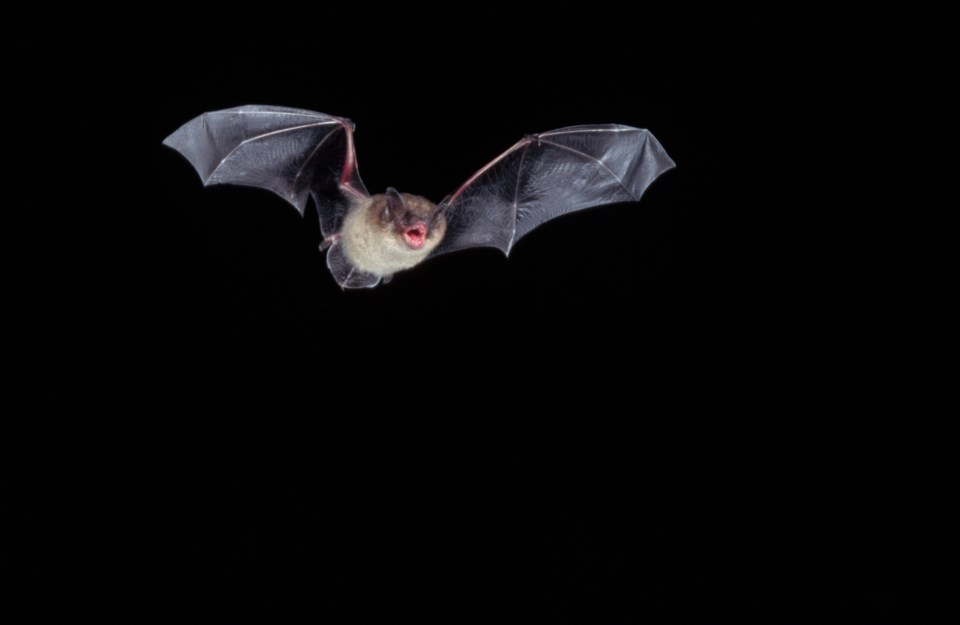The fungus that causes white nose syndrome in bats has been detected in B.C. for the first time.
The B.C. government says it was found in bat guano in the Grand Forks area.
The provincial government says that since the fungus arrived on the west coast of the United States in 2016, they have been monitoring for its arrival in B.C.
The Ministry of Water, Land, and Resource Stewardship says it is working with multiple partners to implement enhanced surveillance for the disease, as well as reduce threats to bat habitats.
The public is asked to contact the BC Community Bat Program or the Ministry of Water, Land, and Resource Stewardship with any information on the location of winter bat roosting sites, unusual behavior such as flying during the day, and observations of dead bats.
First discovered in New York state in 2006, white nose syndrome has spread to 38 states and eight provinces. The associated mortality is responsible for three Canadian bat species being listed as "endangered" under the federal Species at Risk Act.
The fungus is primarily spread by bat-to-bat contact. The fungus doesn't affect humans, but people may spread fungus spores through the movement of contaminated clothing and gear, or through accidental translocation of bats.
There is currently no proven prevention or treatment for white nose syndrome.
Anyone who discovers a sick or dead bat should never pick it up with their bare hands.



